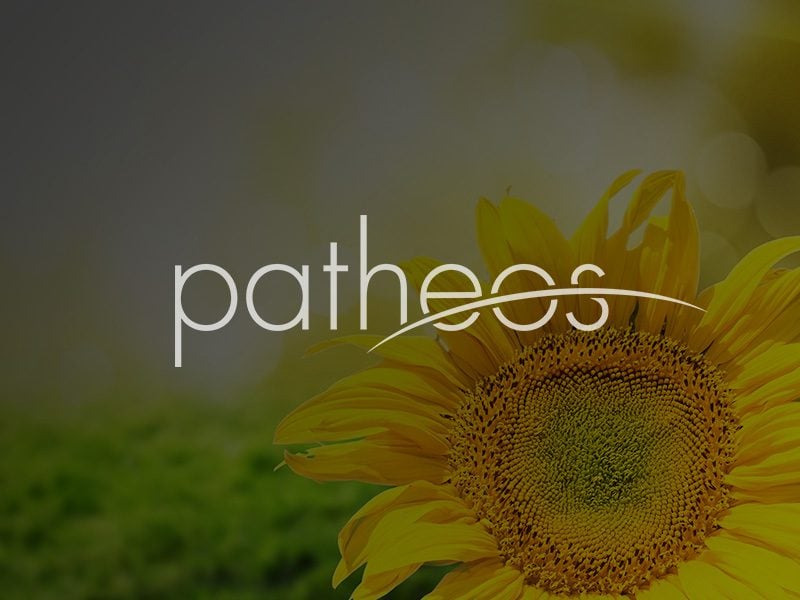It ain’t easy. Given that I began saving Green Egg and the other dozen periodicals we got as exchange subscriptions for The Witches Trine, I began gathering materials for A Tapestry of Witches more than 40 years ago. About ten years later, I began compiling entries about covens and other groups that had announced their existence into a database program on my Apple II that Isaac set up for me; some of those entries still exist in the book now. In the early 90s, when I began the actual writing work and wrote to many people for help, in addition to letters, Joe Wilson, John Hansen, and Jim Baker sent me autobiographical/historical essays to use for just such a history. Lately, emails and historical information posted on Witchvox have helped. But the real problem was how to organize all this data into a readable story.
Writing the history of an incorporated church or other organization with an “official” existence is a piece of cake compared to trying to describe the Craft, which obviously is almost totally decentralized. The American Gardnerian Tradition does have a structure of its own, mainly owing to Lady Theos’ organizational genius, but even that is lacking for the vast majority of the movement. “Traditions” are not the long-term, stable structural elements of the Craft movement—not when they bifurcate, mutate, merge, and are newly invented all the time.
Another problem was the sheer amount of data I had accumulated. It was almost overwhelming. I finally realized that if I broke the project into three volumes, each one would be far more manageable—although I’m still not sure about Vol. III. Also, there were watershed events that coincided about 1975 and about 1984 that provided fairly obvious dividing points in the story.
One peculiarity of the data was that at least half of all the Craft activity in the country was centered in or tied directly to California during most of the 1970s. That needed some explaining. Another is the dozen or so Witches and covens I’ve identified going back into the 1890s, and the first attempts at Pagan Reconstructionism that began in the 1950s. Ray Buckland’s bringing Gardnerian Wicca to Long Island was a watershed event in 1963, but despite their huge influence, the Gardnerians were never at any time a majority in the movement. Also, perhaps just to confuse you more, not all Witches are Pagans.
I did finally realize that there are three dimensions to the information: Timewise evolution of the branches of the family tree; the regional linkages of Witches and Pagans into groups for specific purposes; and then the network of friendships among the people who have been doing the work for decades. As Michael York pointed out, it’s that network that provides something like long-term continuity. However, the history also cannot be told as the Lives of the Big Named Pagans. As Marx emphasized, real history is the history of the people, not the rulers. So as much as possible I’ve tried to give credit to people who have done the hard work but never won any acclaim for it. Like John Patrick McClimans. Or Jane Harper. Or Judy Carasone.
I did have some good news today. An editor at Library Journal said I can submit the book to see if they want to review it. I’m hoping. If you would like to see the book yourself, you can find it here: http://www.amazon.com/Tapestry-Witches-History-Craft-America/dp/1499192649/ref=sr_1_1?s=books&ie=UTF8&qid=1399092471&sr=1-1&keywords=Aidan+Kelly.












